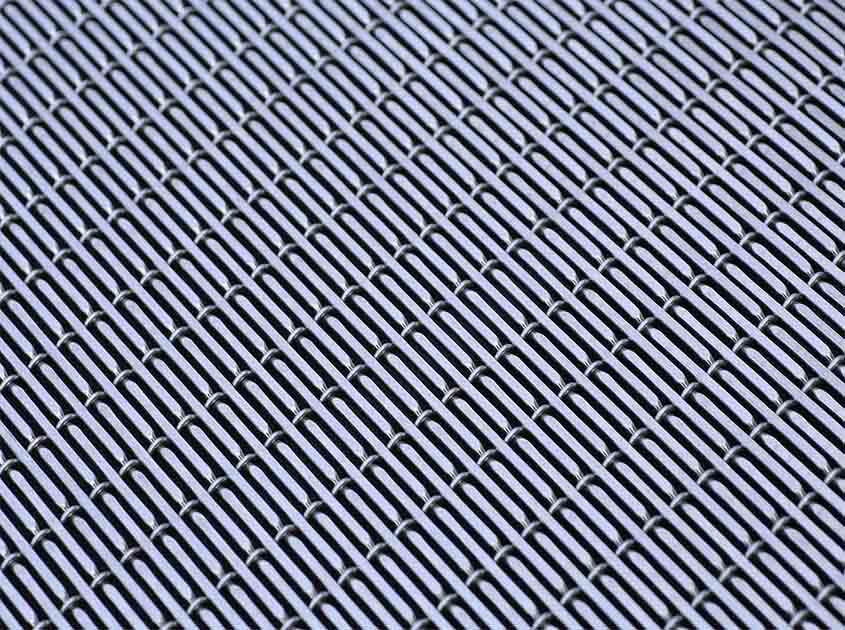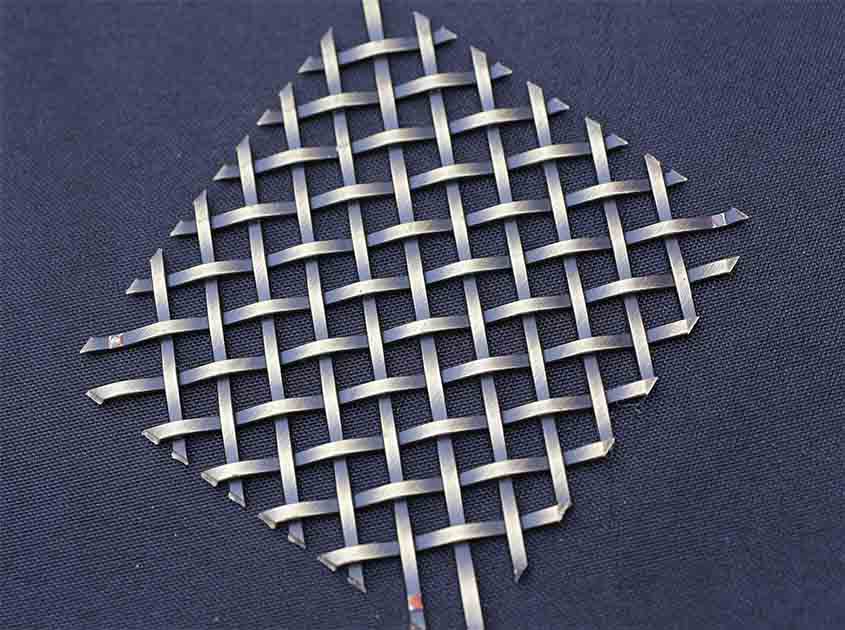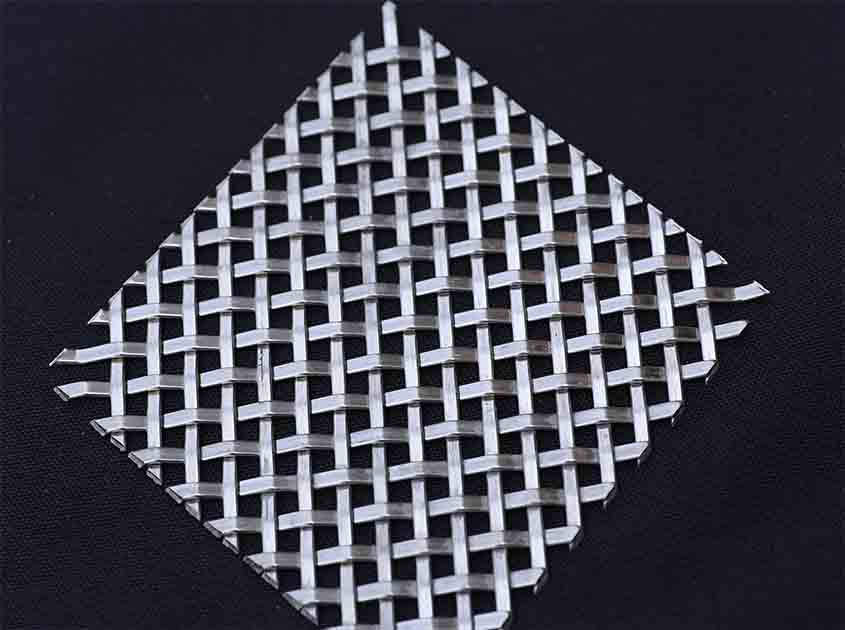Introduction:
Architectural woven mesh has emerged as a groundbreaking material that pushes the boundaries of sculptural design in architecture and interior spaces. With its unique combination of flexibility, durability, and intricate patterns, architectural woven mesh offers designers unprecedented opportunities to create sculptural masterpieces that redefine spatial aesthetics. This article explores the transformative role of architectural woven mesh in pushing the limits of sculptural design and its impact on architectural innovation.

Fluidity and Adaptability:
Architectural woven mesh possesses a remarkable level of fluidity and adaptability, allowing it to be shaped and manipulated into intricate three-dimensional forms. Designers can mold the mesh into organic and abstract shapes, challenging the traditional notion of static structures. The flexibility of the mesh enables the creation of dynamic and visually captivating sculptural installations that defy conventional architectural design.

Intricate Patterns and Textures:
One of the most distinctive features of architectural woven mesh is its intricate patterns and textures. The mesh's weave structure, combined with the play of light and shadow, produces a visually captivating surface. These patterns and textures add depth, dimension, and visual interest to sculptural designs, captivating the viewer's attention and creating a sense of awe and intrigue.

Visual Transparency and Opacity:
Architectural woven mesh offers a unique balance between visual transparency and opacity, allowing designers to control the level of visibility and interaction with the surrounding environment. The mesh can be used to create semi-transparent or partially obscured sculptural elements, adding a layer of mystery and intrigue. The interplay of light and shadow on the mesh's surface further enhances this dynamic, creating a visually captivating and ever-changing sculptural experience.

Integration of Light and Shadow:
Architectural woven mesh enables the integration of light and shadow as integral components of sculptural design. The mesh acts as a canvas for light, casting intricate shadows that enhance the sculptural form and create an ever-evolving visual experience. By strategically positioning lighting fixtures, designers can further accentuate the mesh's patterns and textures, adding a dramatic and captivating element to the sculptural composition.

Spatial Transformation:
Architectural woven mesh has the power to transform spaces, blurring the boundaries between architecture, sculpture, and installation art. By integrating the mesh into the architectural environment, designers can create dynamic and immersive spatial experiences. The sculptural forms interact with the surrounding space, altering the perception of scale, volume, and depth. This transformative quality elevates the overall design concept and offers viewers a unique and memorable encounter with the built environment.
pre:Architectural Woven Mesh: Creating Visual Interest through Light and Shadow
next:Architectural Woven Mesh: Adding Depth and Dimension to Interiors
© 2025 Joinwin Architectural Wire. All Rights Reserved. | Sitemap
Recommended Read
Unique architectural metal decorative mesh adds charm to your project
Metal woven mesh is widely popular due to its unique design, high strength, durability and functionality.